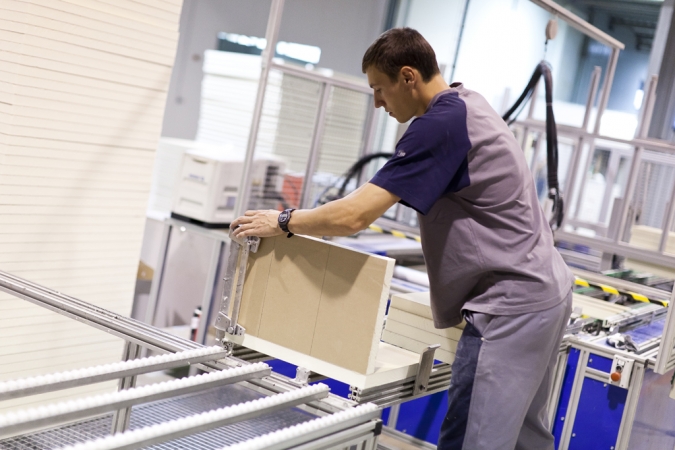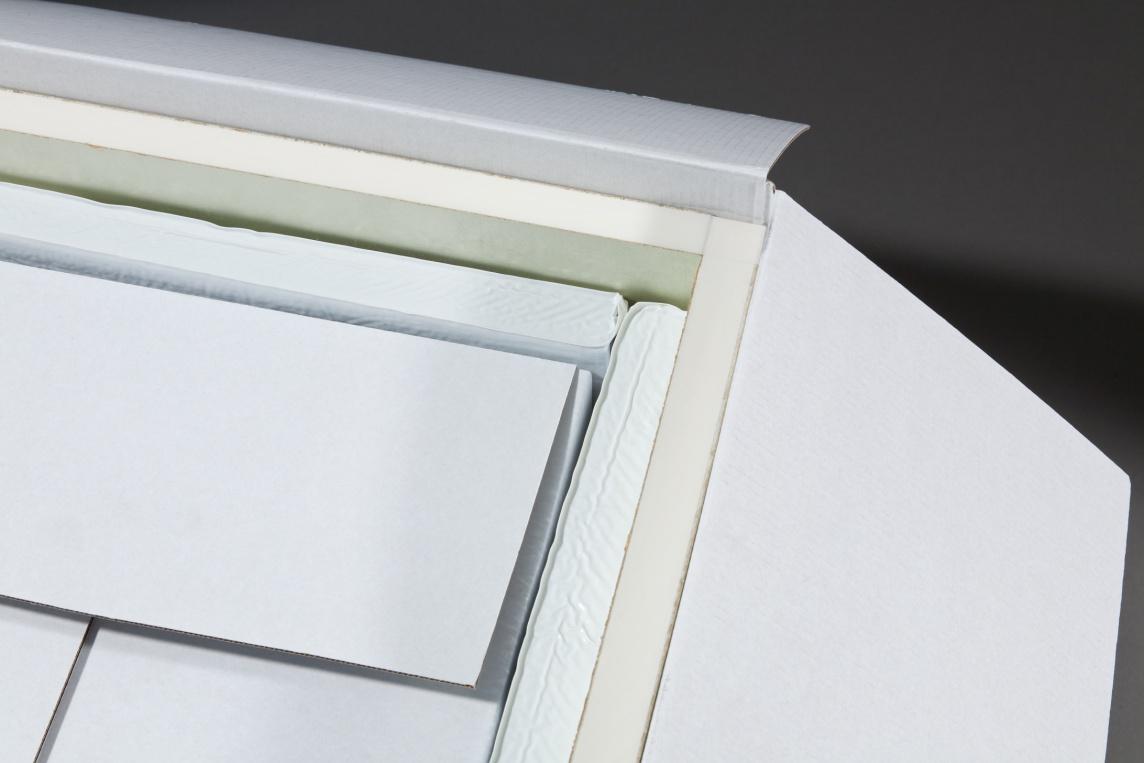Thematic studies
News
Case studies
Expert advice: which insulating materials are used in insulated packaging solutions?

Traditional insulating materials or super-insulating materials? Engineer and Cold Chain Expertise Director for Sofrigam, Abbes Kacimi takes a look at the solutions available on the market with their advantages and disadvantages.
Which insulating materials are used for temperature-controlled transport and storage?
Today, we often find two types of so-called “traditional” insulating materials: expanded or extruded polystyrene, and polyurethane. In some cases, particularly in the food industry, you also find polyethylene insulating panels.
At Sofrigam, in some of our insulated packaging solutions we use high density polyurethane panels which have very good thermal efficiency. Moreover, the panels can be covered with biodegradable surface skins (kraft) or aluminised.
Today, however, a new range of “super insulating materials” increasingly mixes traditional insulating materials. They are designed with a core material (silica or fibreglass) in a multilayer vacuum aluminised or polymer coating.
These vacuum insulated panels (VIP) are five times more efficient than traditional insulating materials! For comparative purposes, here are the thermal conductivity values of the main insulating materials:
- Polyurethane : 0.020 to 0.025 W. m-1.K-1
- Extruded polystyrene: 0.025 to 0.030 W. m-1.K-1
- Expanded polystyrene: 0.030 to 0.035 W. m-1.K-1
- Vacuum insulated panels (VIP): 0.003 to 0.008 W. m-1.K-1

Cooling box with vacuum insulated panels (VIP)
Applications, costs, etc.: what are the characteristics of each insulated material?
Insulated materials should be chosen primarily according to the required duration for controlling the temperature of the product and the external temperature.
- Polystyrenes are efficient for short or medium durations (a few hours to 48 hours max) and for moderate temperature profiles.
- Polyurethane is indicated for medium to long durations (48 to 96 hours) and for moderate or extreme temperature profiles.
- Vacuum insulated panels (VIP) are necessary for long and very long periods (96 hours and over) and for moderate or extreme temperature profiles.
Another aspect to be considered is the weight and size especially for the transport of your insulated packaging solutions: traditional insulating materials are not very heavy but are quite bulky. What’s more, they require the presence of a cold source (e.g. eutectic plates), which will also increase the weight of the packaging.
Using polyurethane panels instead of polystyrene helps to reduce the size created by the insulating material in a cooling box by 50%.
With regard to VIP, they must be protected by another material (polyurethane, also needed to eliminate thermal bridges), and they are separated from the products with cardboard panels. Despite this, it is still the most efficient insulating material: on average, an insulated packaging solution equipped with VIP + polyurethane is 2.5 times more efficient than the same box insulated with polyurethane. Our Elite cooling box benefits from this technology, for secure transport for up to 240 hours!
In terms of cost, expanded polystyrene is the least expensive, followed by extruded polystyrene. Next comes polyurethane, followed by vacuum insulated panels.